
The Shocking Truth About Blood Clots and Natural Treatments That Actually Work
Blood clots sound simple, but they can be life-threatening. A clot is a thickened mass of blood that forms when platelets and proteins stick together. Normally, this process saves your life by stopping bleeding after an injury. The shocking truth is that clots can also form inside healthy blood vessels, blocking normal circulation. When this happens in the legs, it is called deep vein thrombosis (DVT). If a piece of the clot breaks off and travels to the lungs, it can cause a pulmonary embolism, which is a medical emergency.
Many people imagine that blood clots only affect the elderly, but they can happen at almost any age. Sitting for long periods on flights, desk jobs, smoking, obesity, pregnancy, some medications, and certain medical conditions all increase risk. Warning signs may include swelling, warmth, and pain in one leg, sudden shortness of breath, chest pain that worsens when breathing deeply, or coughing up blood. These symptoms require immediate medical attention. No natural remedy should ever replace emergency care or prescribed blood-thinning medication.
However, there are evidence-informed lifestyle and natural approaches that can support healthy circulation and work alongside medical treatment when your doctor approves. One of the most powerful is simple movement. Our leg muscles act like a pump that pushes blood back toward the heart. When you sit or lie still for hours, blood flow slows and clots can form more easily. Standing up every 30–60 minutes, stretching your calves, walking, or doing gentle ankle circles can significantly improve circulation. People who travel often or work at computers should treat these “movement breaks” as part of their daily routine.
Hydration is another important, but often ignored, factor. When you are dehydrated, your blood becomes more concentrated and can clot more easily. Drinking water regularly throughout the day helps keep blood at a healthier viscosity. Herbal teas without added sugar can also contribute to fluid intake. Limiting sugary drinks and alcohol is wise, since they can worsen dehydration.
Food choices play a major role too. A heart-healthy, clot-protective diet focuses on vegetables, fruits, whole grains, and healthy fats such as olive oil, nuts, and seeds. These foods are rich in antioxidants and anti-inflammatory compounds that support the lining of blood vessels. Fatty fish like salmon and mackerel provide omega-3 fatty acids, which may have a mild blood-thinning effect and support cardiovascular health. Garlic, turmeric, and ginger are traditional foods believed to help circulation; they can be tasty additions to meals, but should be used with caution if you already take blood-thinning drugs, as they may increase bleeding risk.
Gentle exercises such as walking, swimming, cycling, and yoga are natural treatments that truly work over time. They lower blood pressure, help maintain a healthy weight, and keep veins strong and flexible. For some people, simple leg-elevating poses against a wall can reduce swelling and support venous return, especially after standing all day. Always move into and out of these positions slowly, and avoid them if your doctor has given you specific restrictions.
Some people turn to supplements, but this area requires special care. Vitamin D, magnesium, and omega-3s may support general cardiovascular health, yet they are not magic cures. More importantly, certain herbs and supplements can dangerously interact with prescription blood thinners. That is why it is essential to talk honestly with a healthcare professional before starting any pill, “natural” or not.
In the end, the real shocking truth about blood clots is that prevention often starts with simple daily habits. Regular movement, good hydration, a balanced diet, and avoiding smoking can dramatically reduce risk. When combined with professional medical advice, these natural strategies truly work—not by replacing modern medicine, but by supporting your body’s own ability to keep blood flowing smoothly.
News in the same category

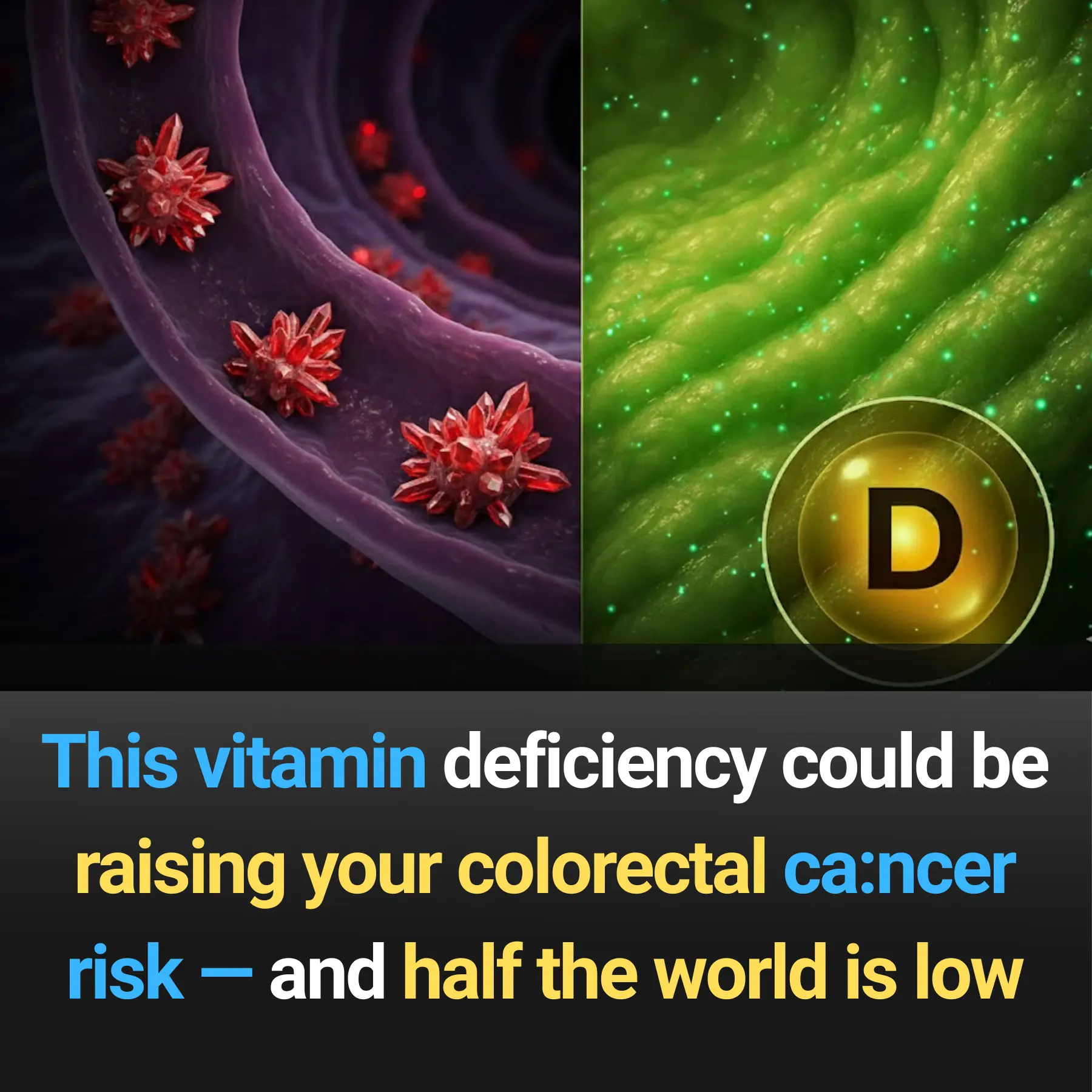
This vitamin deficiency could be raising your colorectal cancer risk — and half the world is low
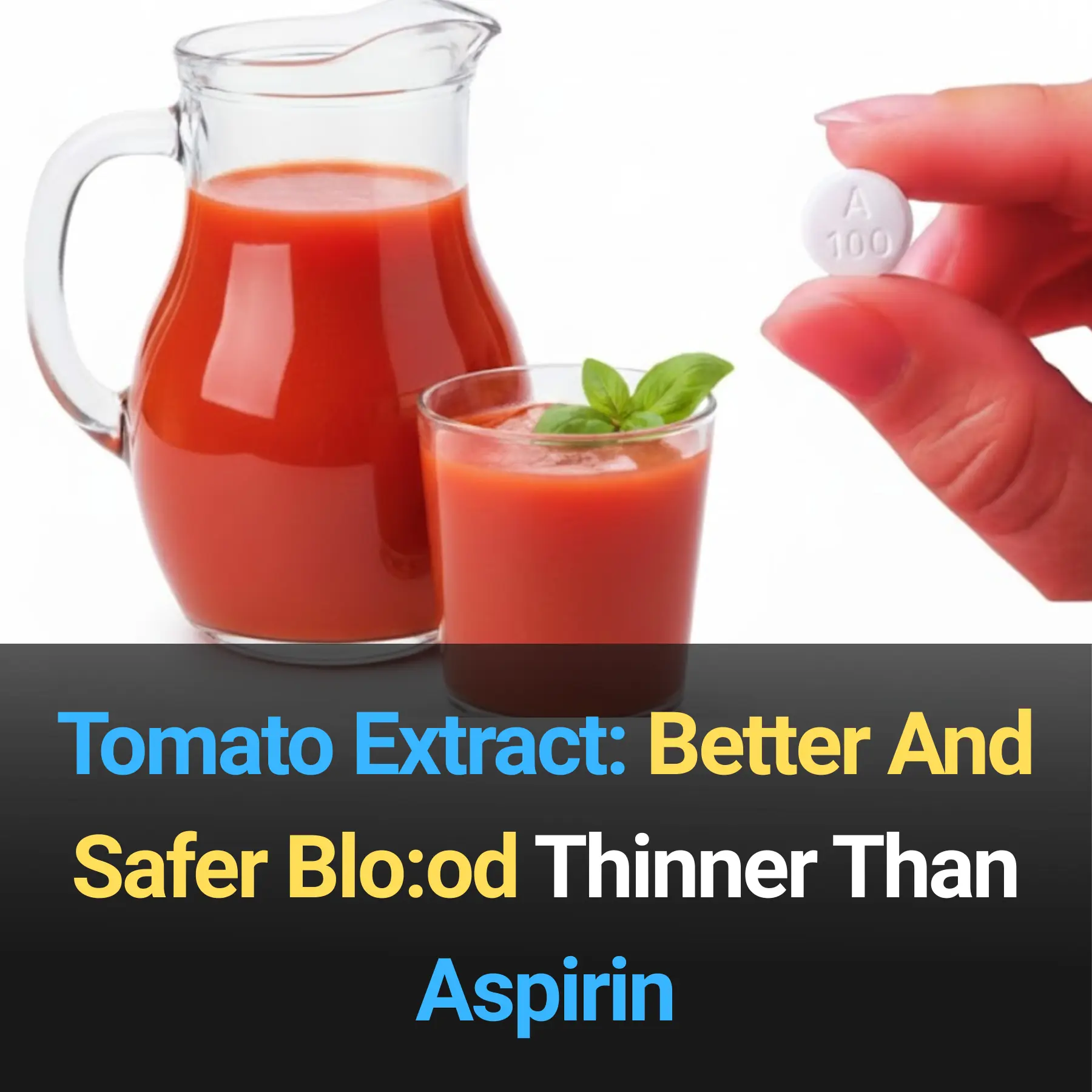
Tomato Extract: Better And Safer Blood Thinner Than Aspirin
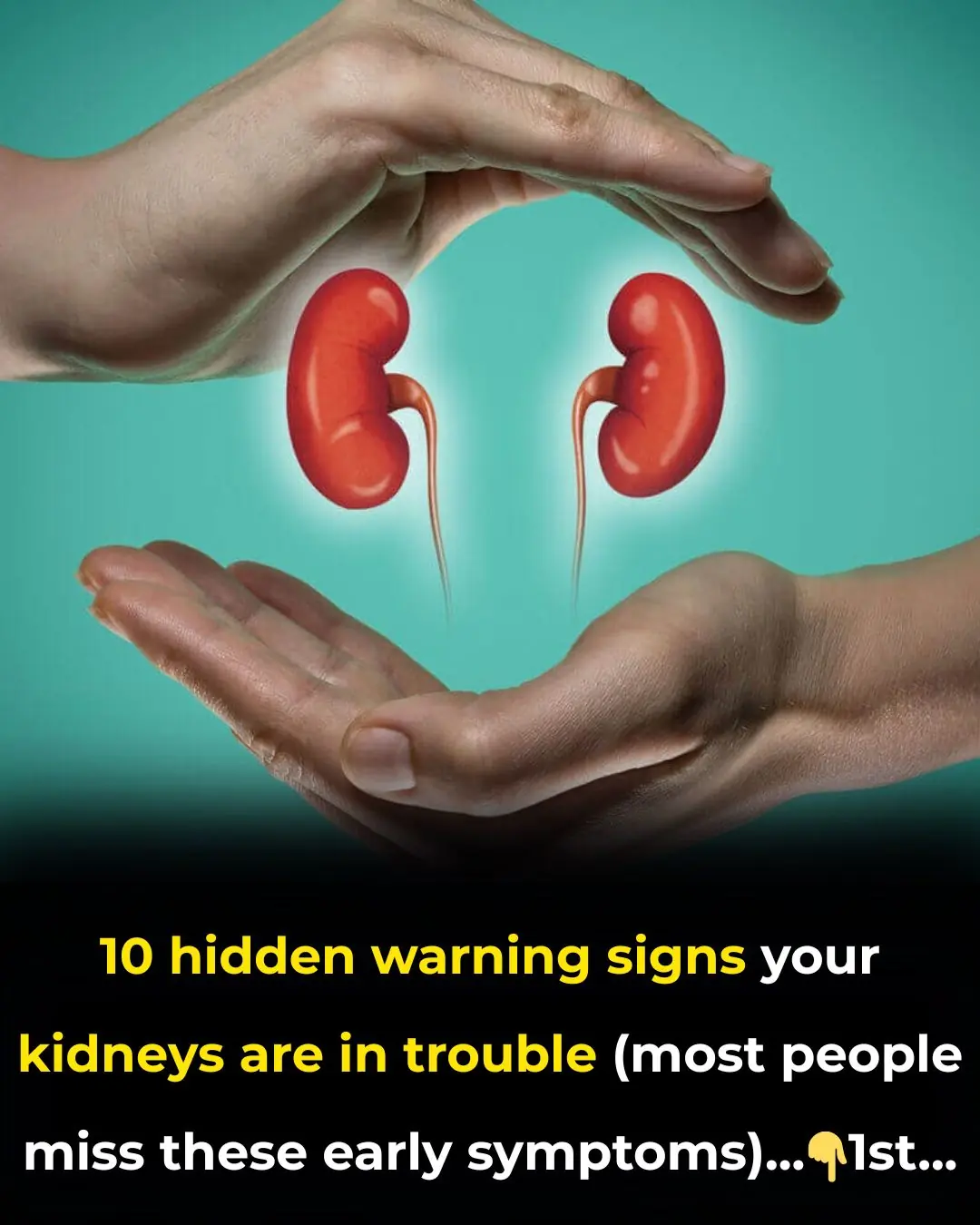
10 warning signs your kidneys are failing (symptoms most people don’t know)
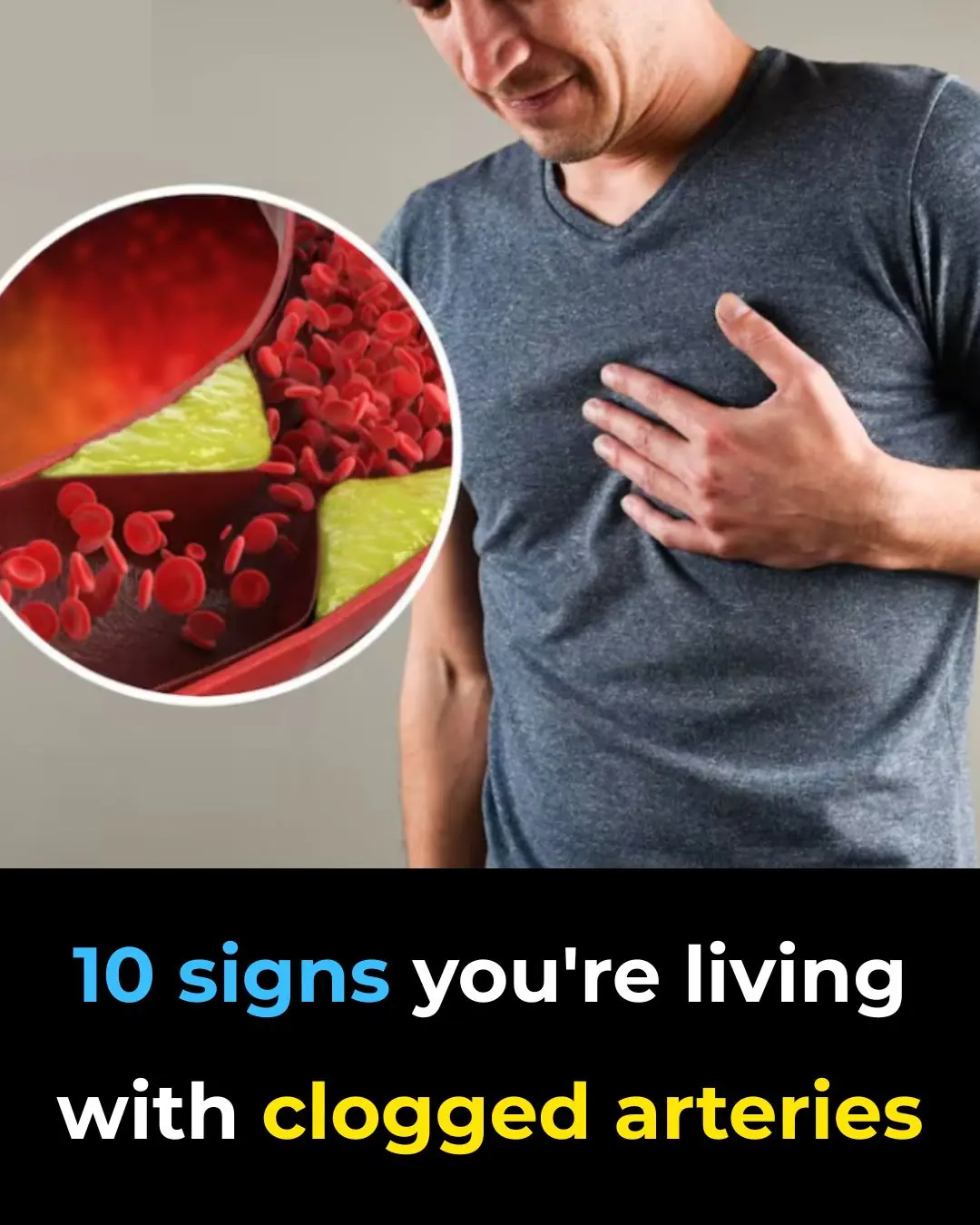
10 Subtle Symptoms of Clogged Arteries You Shouldn’t Ignore

Blurred Vision in One Eye and a Headache
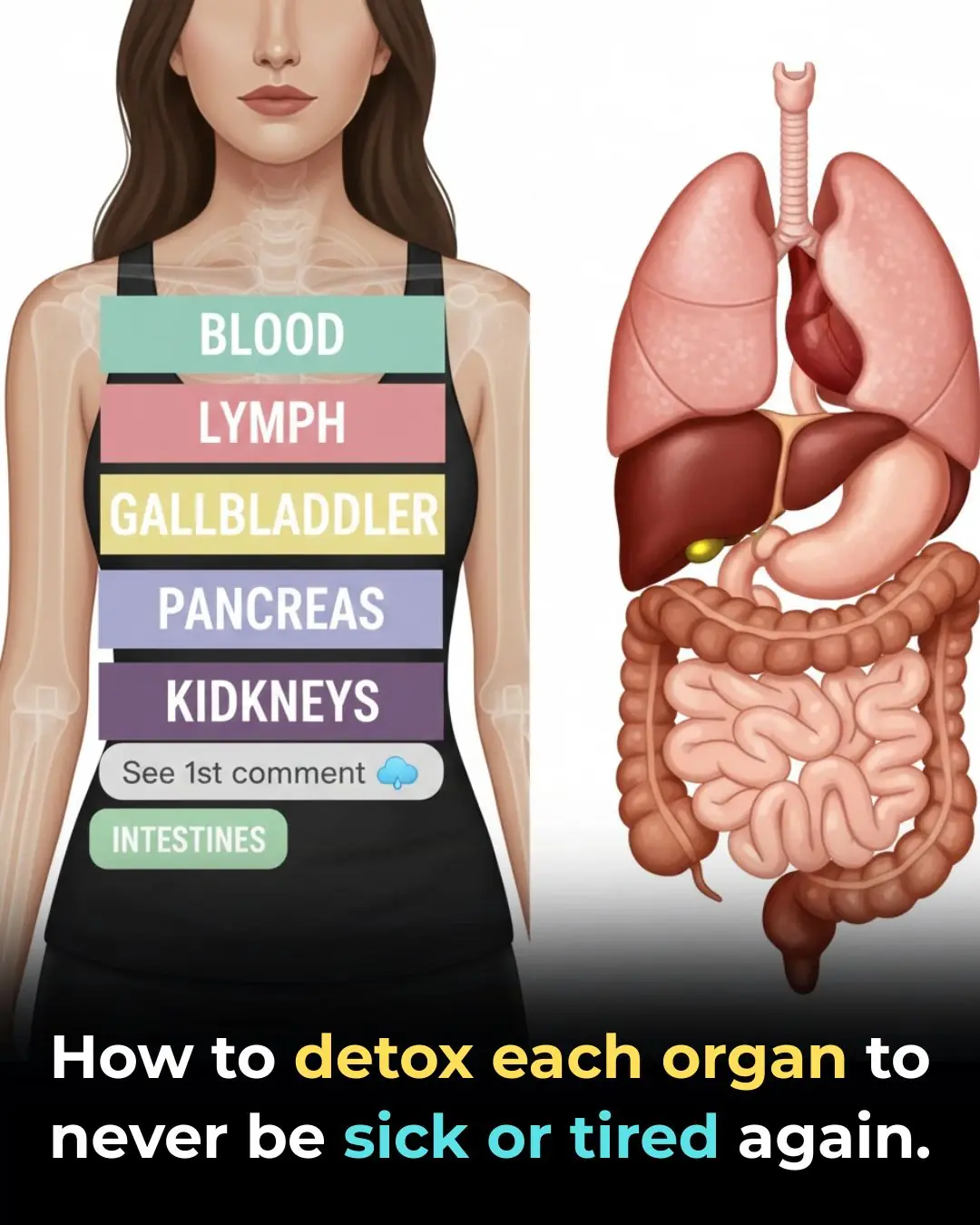
How To Detox Each Organ To Reset Your System
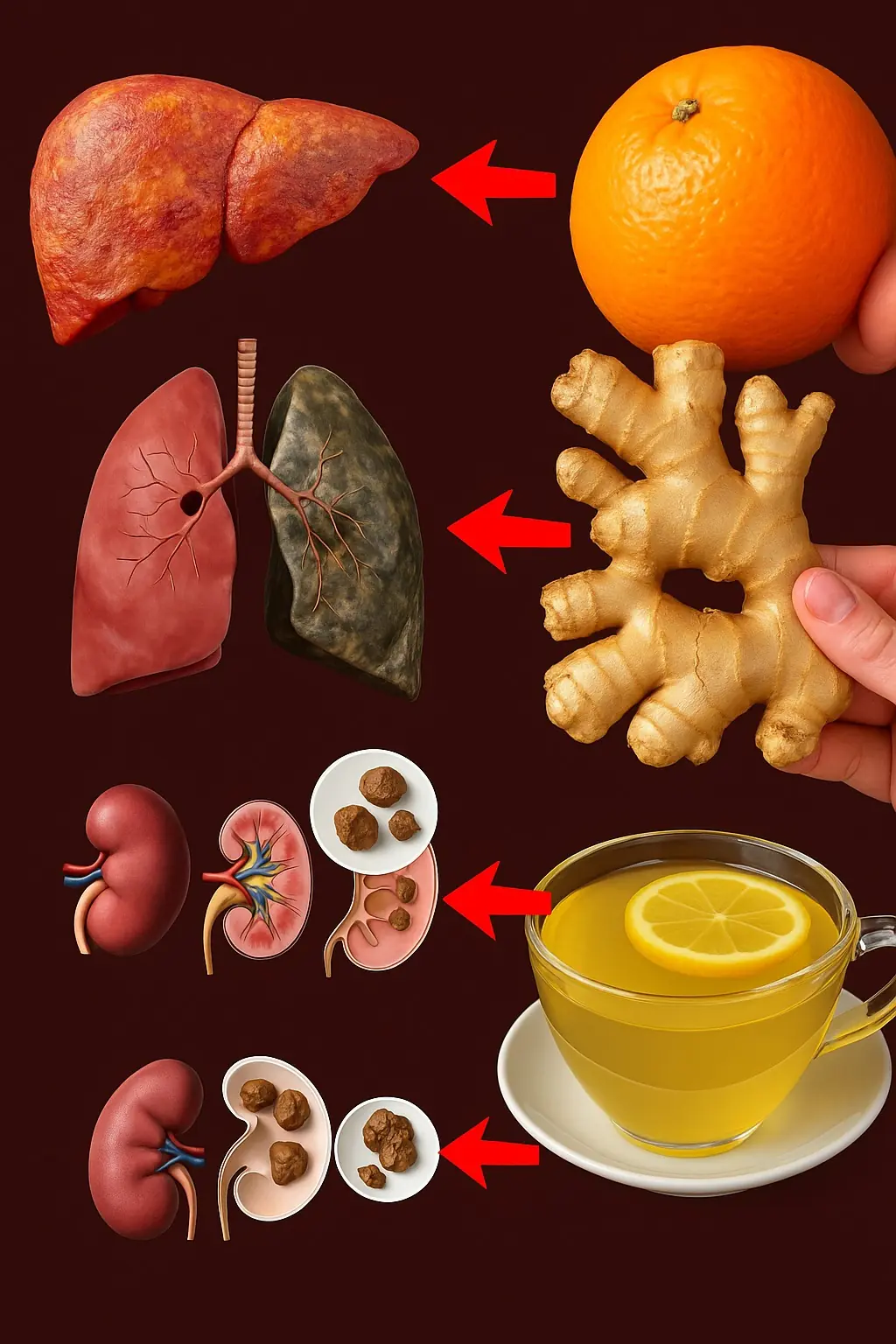
Natural Detox: Simple Daily Habits to Support Your Kidneys, Liver & Lungs
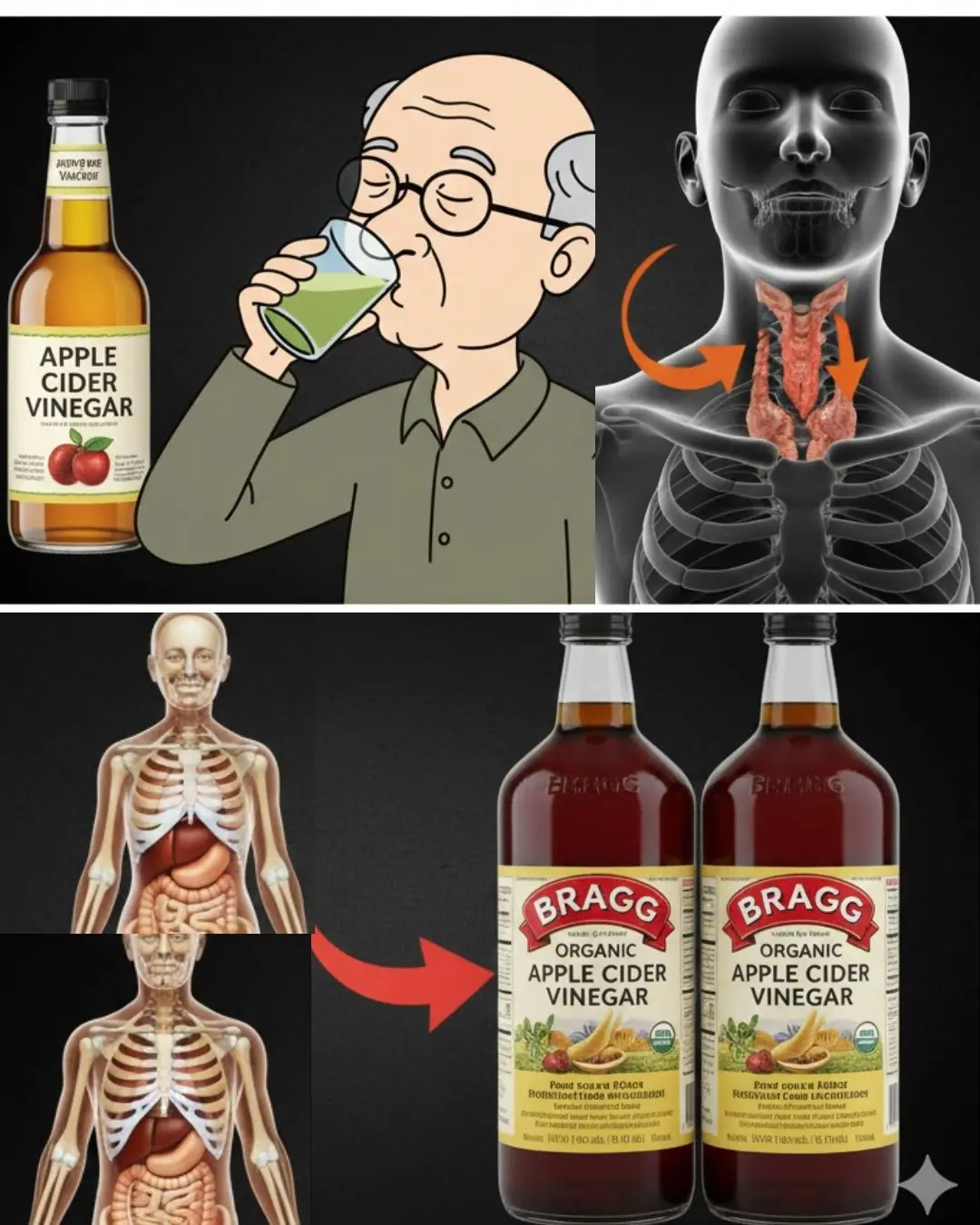
Apple Cider Vinegar: A Simple, Natural Way to Support Your Daily Wellness

7 powerful fruits that cleanse your kidneys naturally

What Can Your Urine Tell You about Your Health
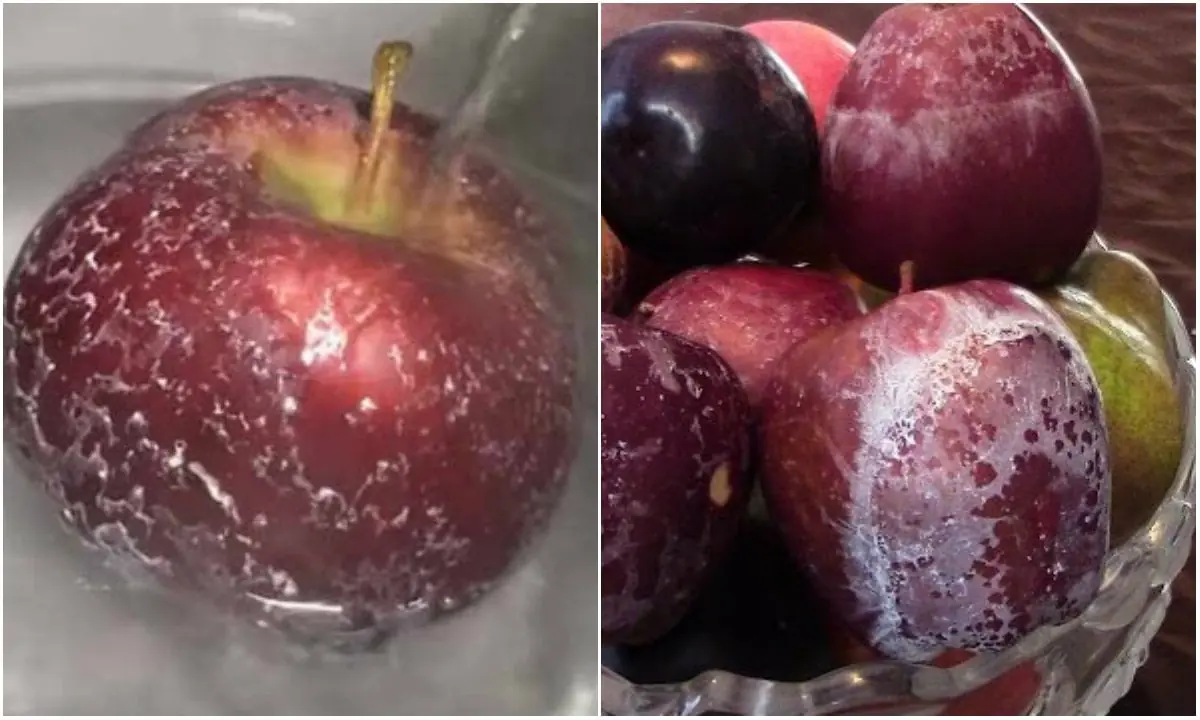
Pour hot water over an apple and the chemicals will become clearly visible – the best way to check if an apple is toxic

Doritos Goes Dye-Free: PepsiCo Shifts to Natural Colors
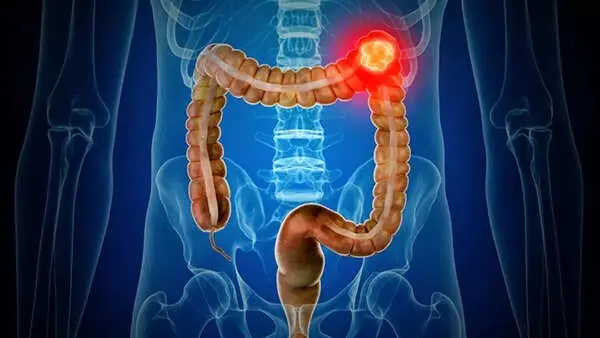
Everyday symptoms that keep appearing in people with bowel cancer
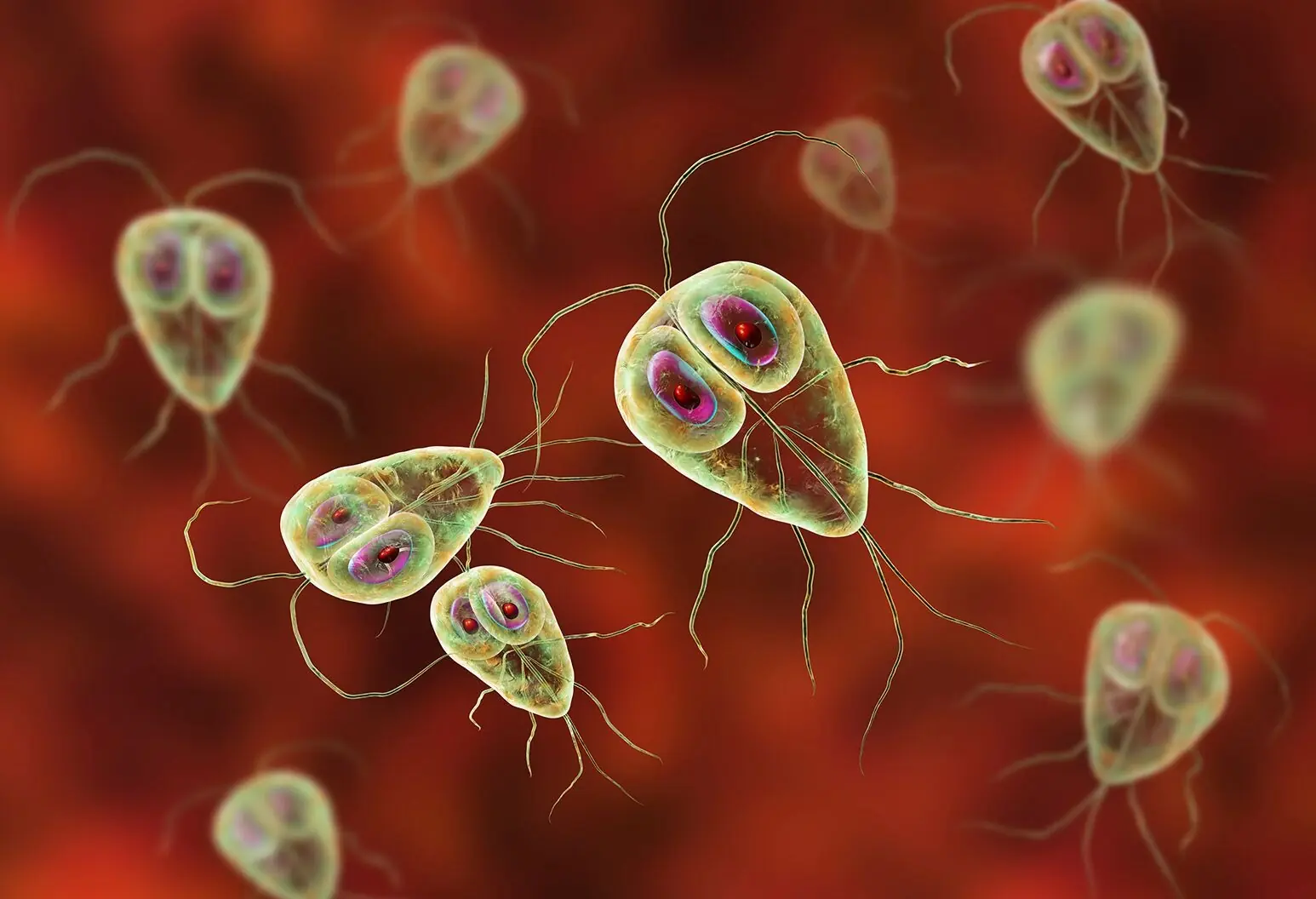
Hidden signs of parasites in your body and how to flush them out naturally

Proven Health Benefits of Eating Eggs Based on Evidence

Nanobots could be disease-fighting machines inside the body, offering a path to eternal life
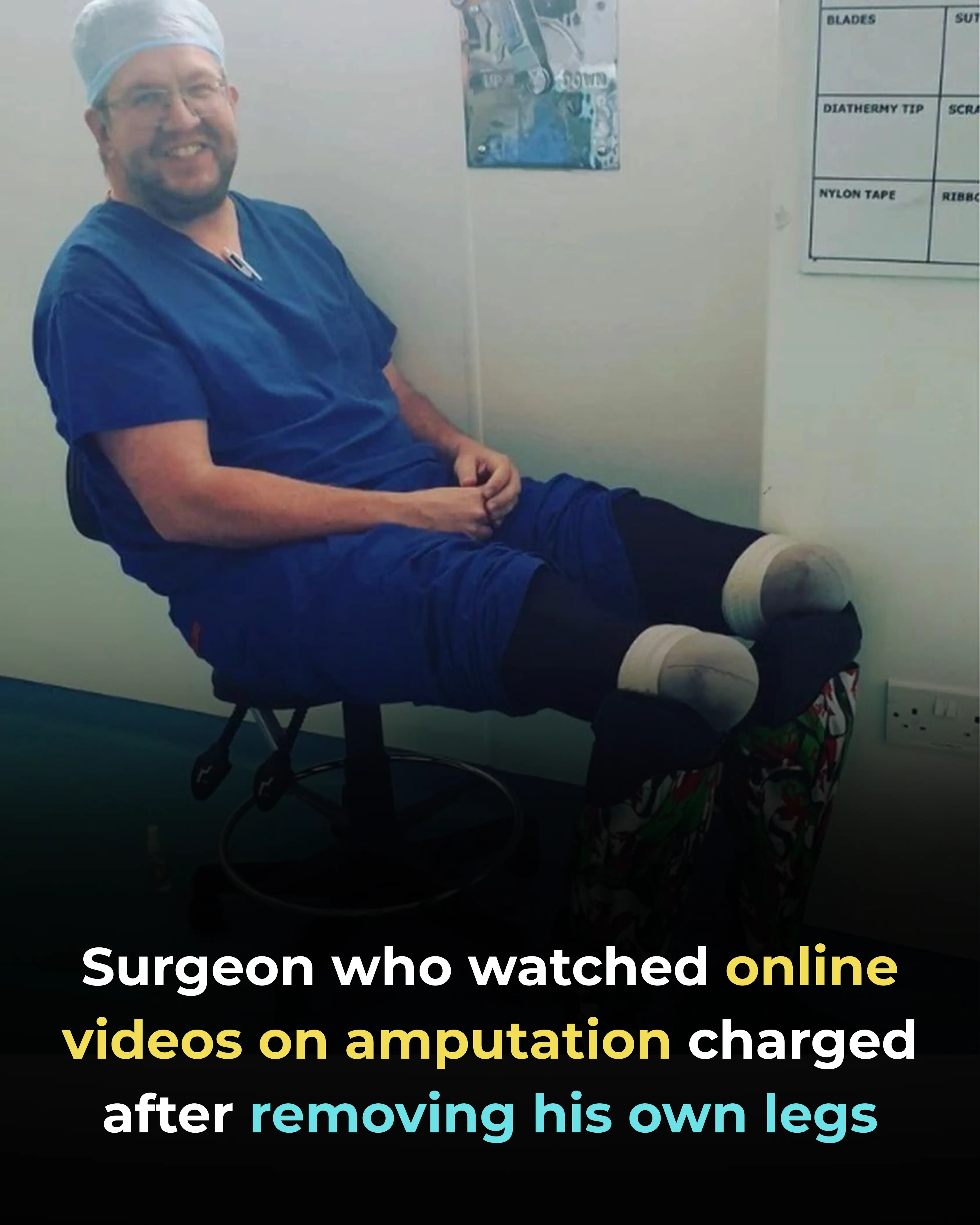
Surgeon who watched online videos on amputation charged after removing his own legs
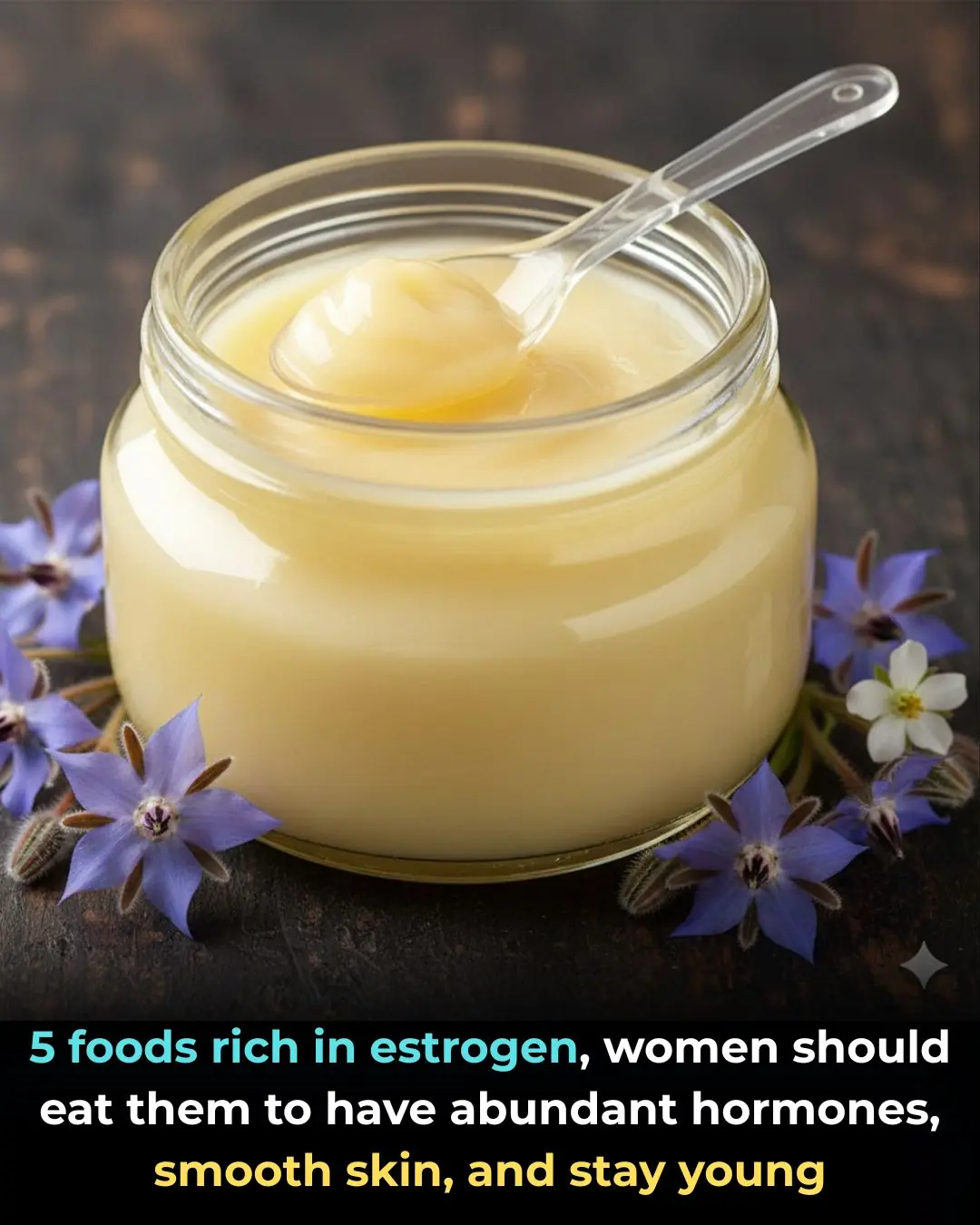
5 Estrogen-Rich Foods Women Should Eat for Hormonal Balance & Radiant Skin
News Post

This ancient seed oil may help calm knee pain better than Tylenol, study suggests

This vitamin deficiency could be raising your colorectal cancer risk — and half the world is low

Tomato Extract: Better And Safer Blood Thinner Than Aspirin

10 warning signs your kidneys are failing (symptoms most people don’t know)

10 Subtle Symptoms of Clogged Arteries You Shouldn’t Ignore

Yarrow: A Timeless Herbal Ally with Amazing Health Benefits
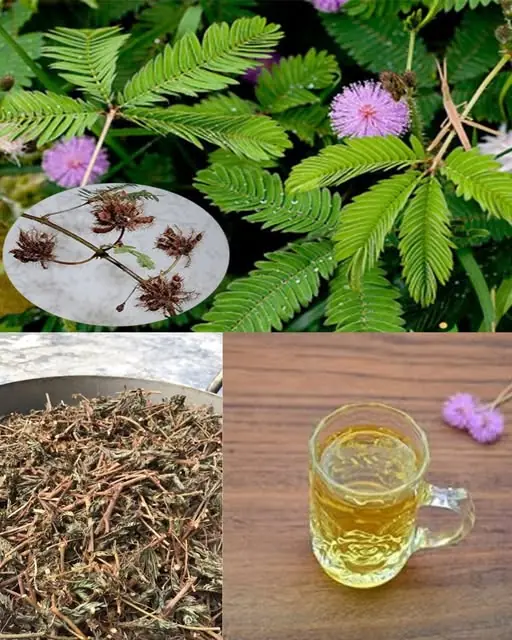
The Digestive Benefits of Mimosa Pudica: A Natural Gut Cleanser
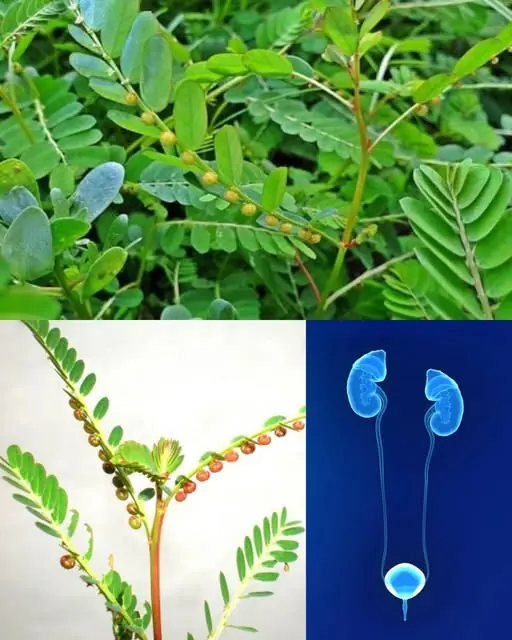
The Stone Breaker Plant: Nature’s Remedy for Kidney Stones

Secret Tips for Growing Healthy and Productive Clove Plants
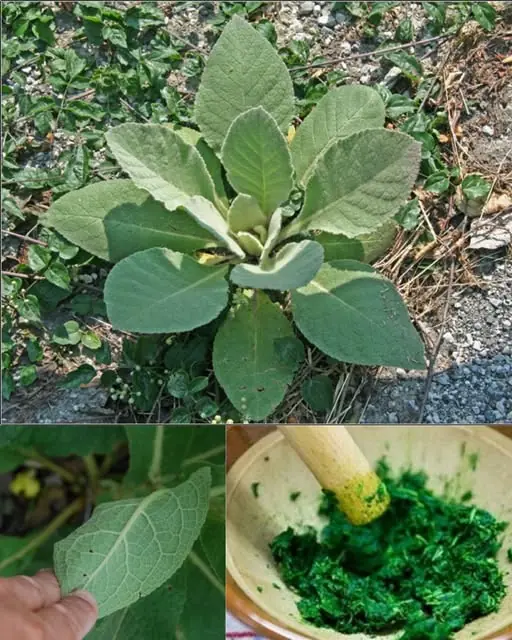
The Remarkable Benefits and Uses of Mullein Leaves

Meghan Markle speaks out after Balenciaga designer revealed she invited herself to Paris fashion week

Serial Brooklyn dine-and-dash influencer caught avoiding the bill in dramatic video as local eateries wise up to scheme

A-list actress looks completely unrecognizable in new ‘Hunger Games’ trailer

Joey and Jesse Buss fired by Lakers after $10 billion sale as family feud with Jeanie explodes

I’M A CELEB HAD A SPECIAL ‘SMOKO RULE’ THAT ONLY APPLIED TO ONE LEGENDARY STAR

Tips to clean shiny enamel at home without spending a penny

WHERE TO WATCH JOEY’S FRIENDS SPINOFF AS LOST EPISODES RELEASED AFTER 19 YEARS

PARIS JACKSON MAKES SHOCKING CLAIM ABOUT $10,000,000 WORTH OF DAD MICHAEL'S WILL

How to help you travel thousands of miles without getting motion sickness
